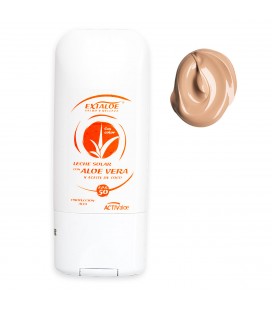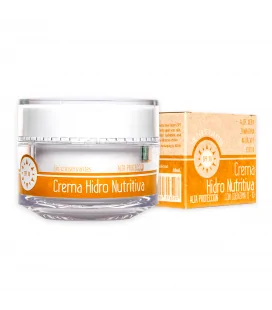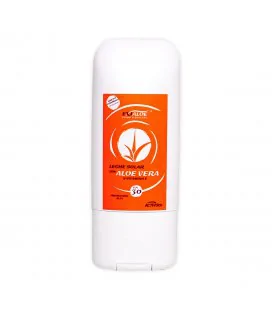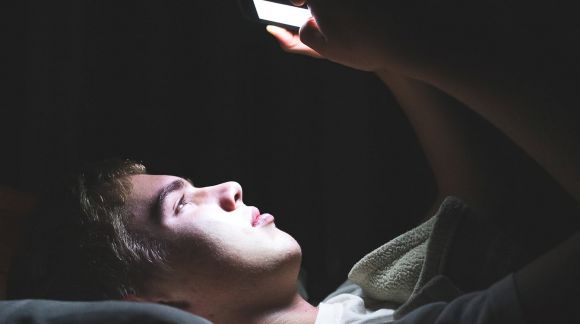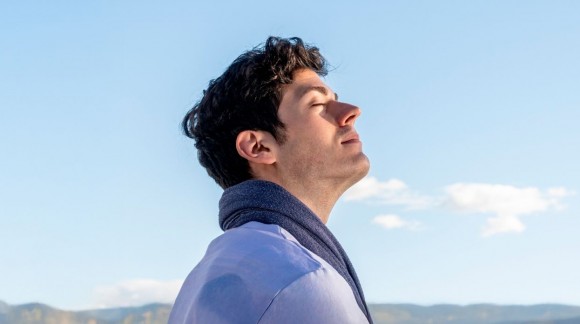
THE SOLAR PROTECTION FACTORS
One of the main objectives of the legislation was to set something clear before the amalgam of the protections available (the called solar protection factor or SPF). The SPF is a scale that calculates the level of protection that a cream provides in comparison with the skin when exposed to the sun: for example, if it takes ten minutes for a person to burn his skin without cream, with a factor 15 protection lotion it will take two and a half hours before the skin starts to get red.
The multiplicity of numbers did not only confuse the consumers but also, in fact, “the increase of the protection from one number to the next is imperceptible, especially in higher levels.” “So the ranks of solar protection factors can decrease without reducing the options of the consumer”, summarizes the community document.
Now, the numbers become reduce to eight (see table), the inferior to 6 disappear and the superior to 50 become included in 50+. For all of this to be clearer, the factor is now followed by a classification (low, mild, high or very high protection). “It is important to know that a factor superior to 50 does not increase the protection against burns and the UVB radiation in a normal skin. If a product is correctly applied, a SPF of a medium range (15, 20 or 25) is enough to protect a person with normal skin”, makes clear the EU.
2.jpg)
Suggestions and recommendations
It has not only been simplified the levels of solar protection but also it has been tried to make the use of creams more simple by suggestions about their use and the real scope of the protection.
The European Commission considered that “although the industry has already made some efforts in this regard, it is appropriate to establish examples of claims that should not be made, cautions that should be contemplated and instructions of use that should be recommended”. All this resumes in the other change that you will notice when you approach to the sun cream shelves: the new warnings on the packages.The legislation of the EU starts from a very clear premise: any cream, not even the highest ones, completely protects against the sun: “Any solar product can filter all the Ultraviolet radiation (...) so they should not make the impression of giving total protection against the risks that come from an overexposure to the UV radiation”. So, say bye to the legends of “total sunblock”, “total protection” or “protection for the whole day”. Furthermore, the products should suggest a frequent reapplication.
Besides, the Commission suggests including application tips, as in general, the consumers do not use the creams properly. In order the body of an adult person has a correct protection, about 36 grams of lotion should be applied (equivalent to six teaspoons). “Applying less quantity leads to a disproportionate reduction in protection. For example, if the quantity is reduced to halve, the protection can decrease to two thirds”, advises the European Commission. Other application instructions will be to apply the product before exposure and reapplying it frequently.
Minimun Efficacy
Although it is a less obvious change in the solar cream packages, the regulation also regulates the minimum efficacy of the solar creams. The products should not only protect against UVB rays (the ones that cause redness and burns on the skin). “Although the solar protection factor refers only to the protection against radiation that cause erythema (mainly UVB radiation), the products should contain protection as well as against UVB as also UVA”, the document states.
In this way, something clear is pointed about the before confusing protection against UVA radiation (the responsible of the skin ageing and also contributors to the risk of skin cancer). ‘100% anti UVA/UVB/IR’, keep UVA radiation to a distance’, ‘with UVA filters’... The range of legends about these ultraviolet rays also disappears with the new regulation.
From now on, the protection against UVA rays should be proportional to the one that the product provides against ultraviolet rays type B, in particular, 1/3. For example, if the SPF is 15, the protection against UVA will be five.
We hope that this article has been of help.
Remember that our solar creams fulfil with the latest regulations in order to properly care for your health.
You can choose between the two new formulations of our creams, the F.P 30 without preservatives and the F.P 50 with colour. And if you still want more care and hydration for your skin you can also use the Exialoe After Sun after the sun exposure.
From Exialoe we wish you enjoy a lot of the next summer!
Featured articles
How to Take Care of Your Eyes in the Digital Age
Today, we strain our eyes more than ever. In this article, we discuss the modern challenges facing our visual health...Read More
Successfully Overcome Seasonal Allergies
Do you suffer from seasonal allergies or know someone who does? In Spain, 1 in 4 people are affected, but this year...Read More
4 Habits to Care for Your Hair the Way It Deserves
In this article, we'll explore 4 simple habits to give your hair the care it deserves. By following these tips,...Read More

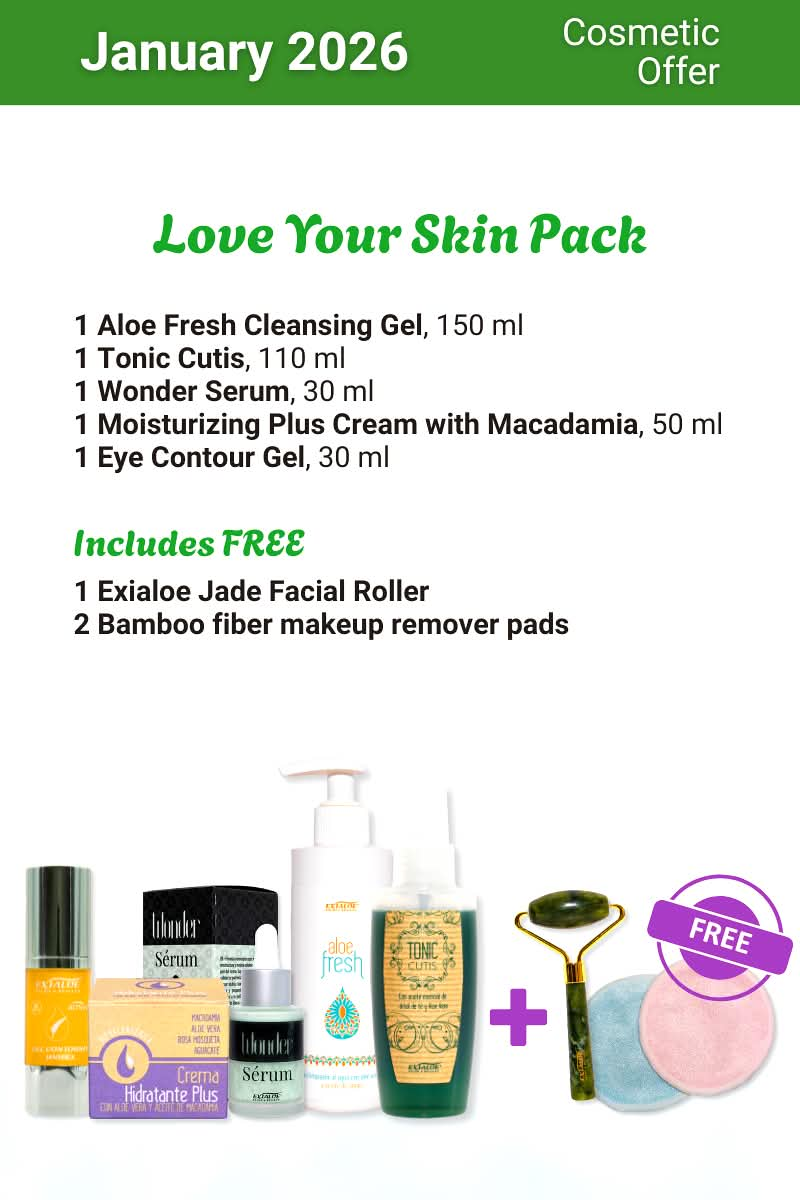
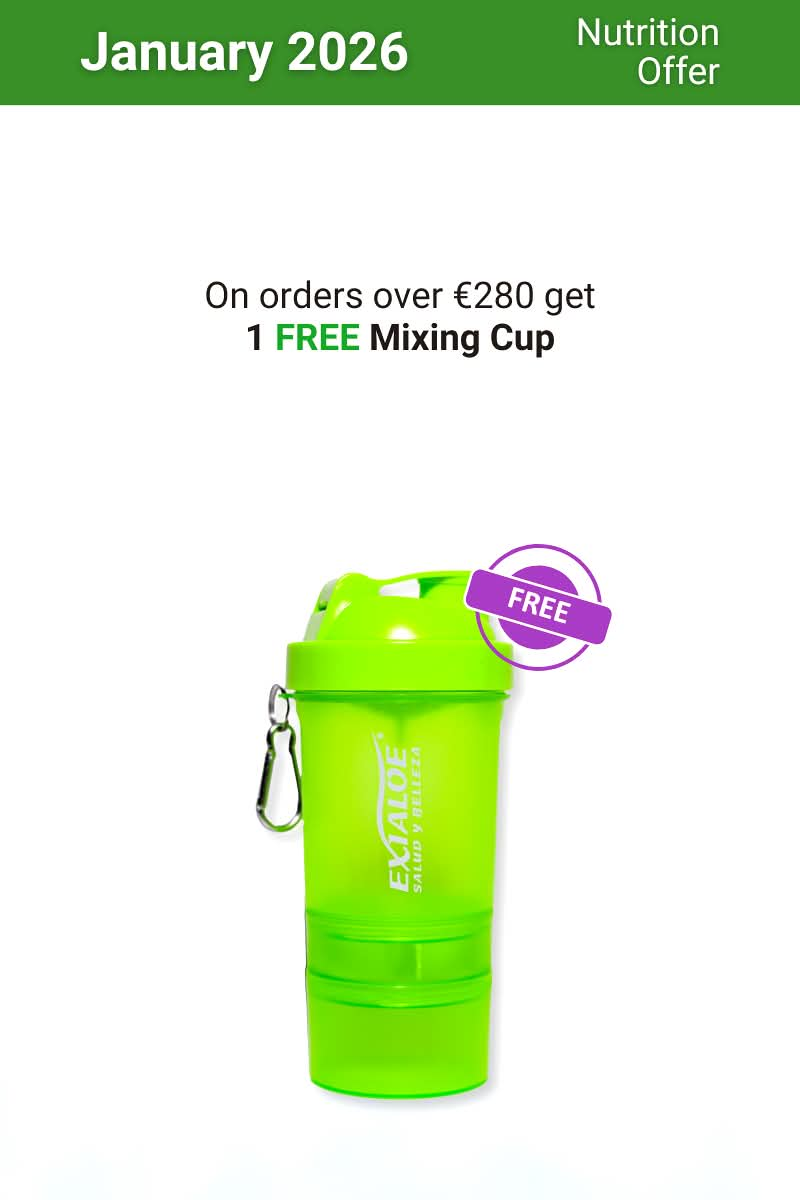
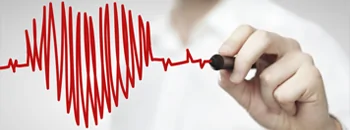

.jpg)
